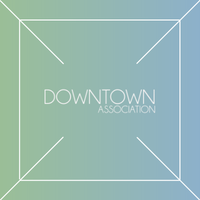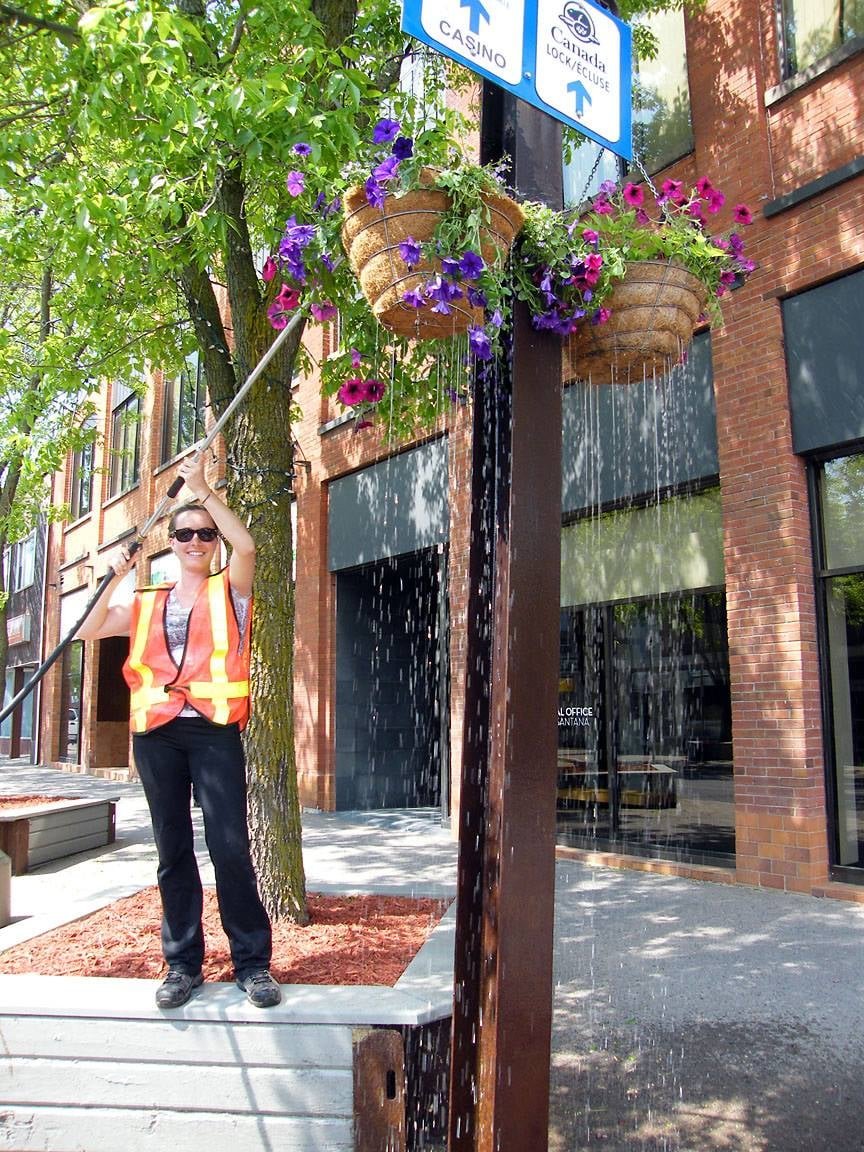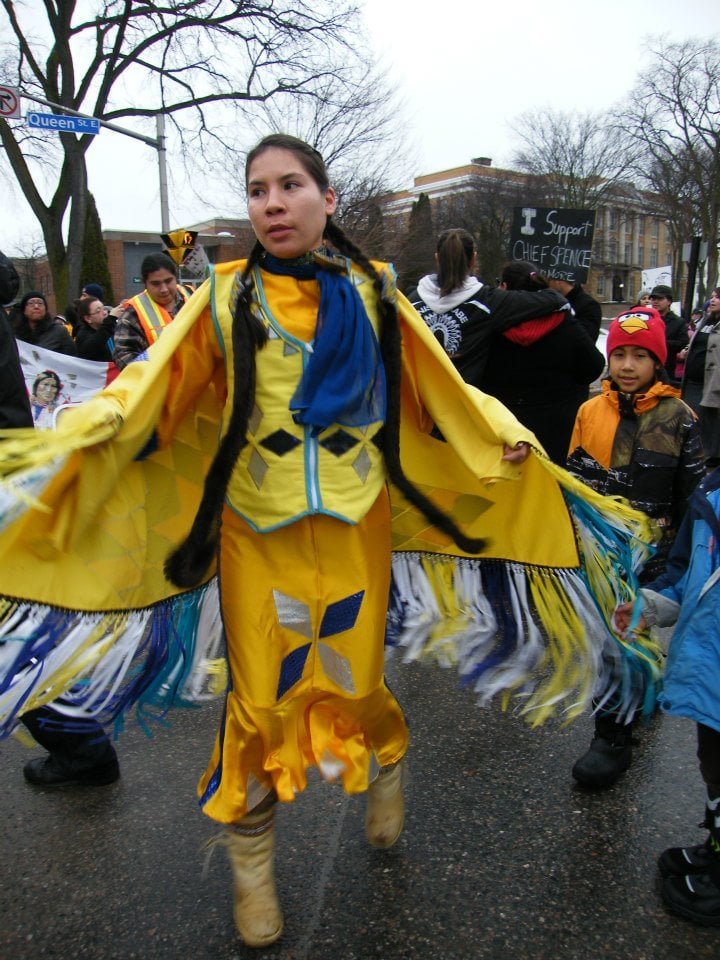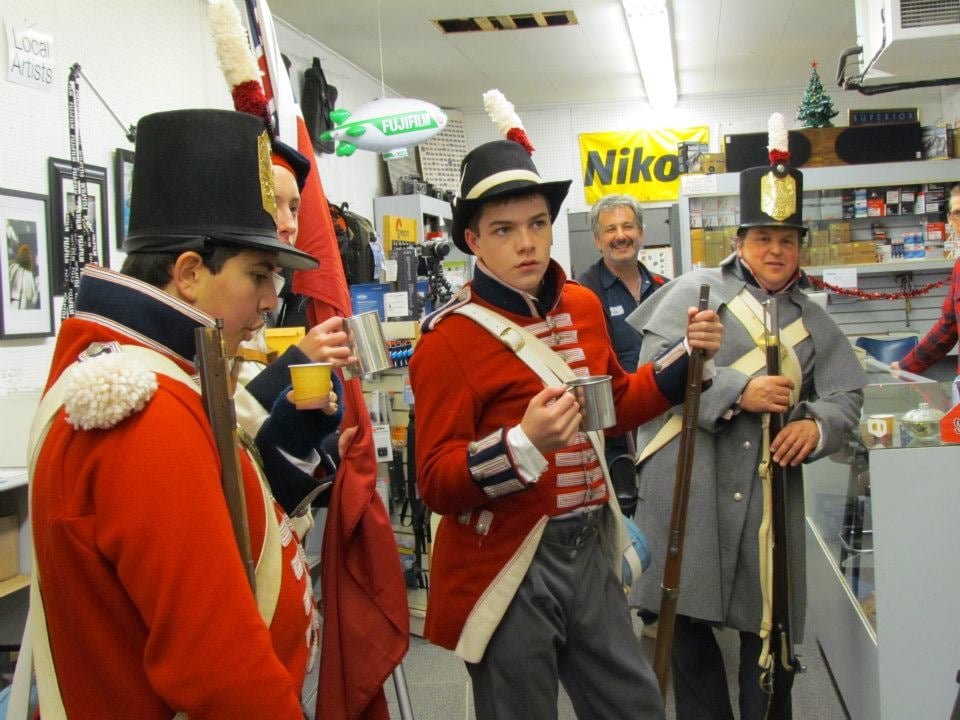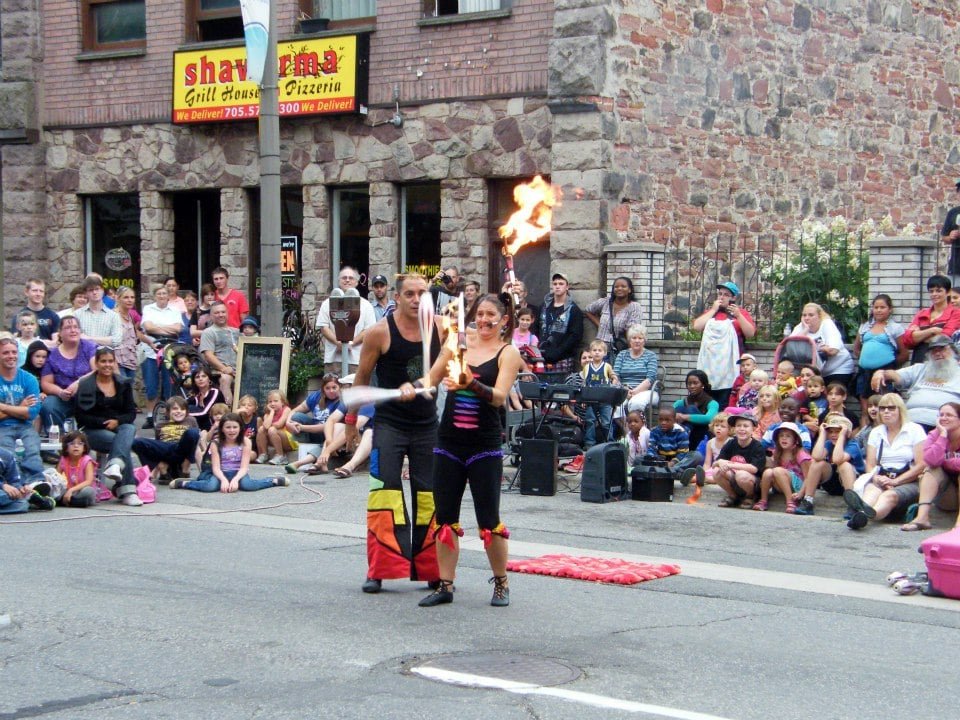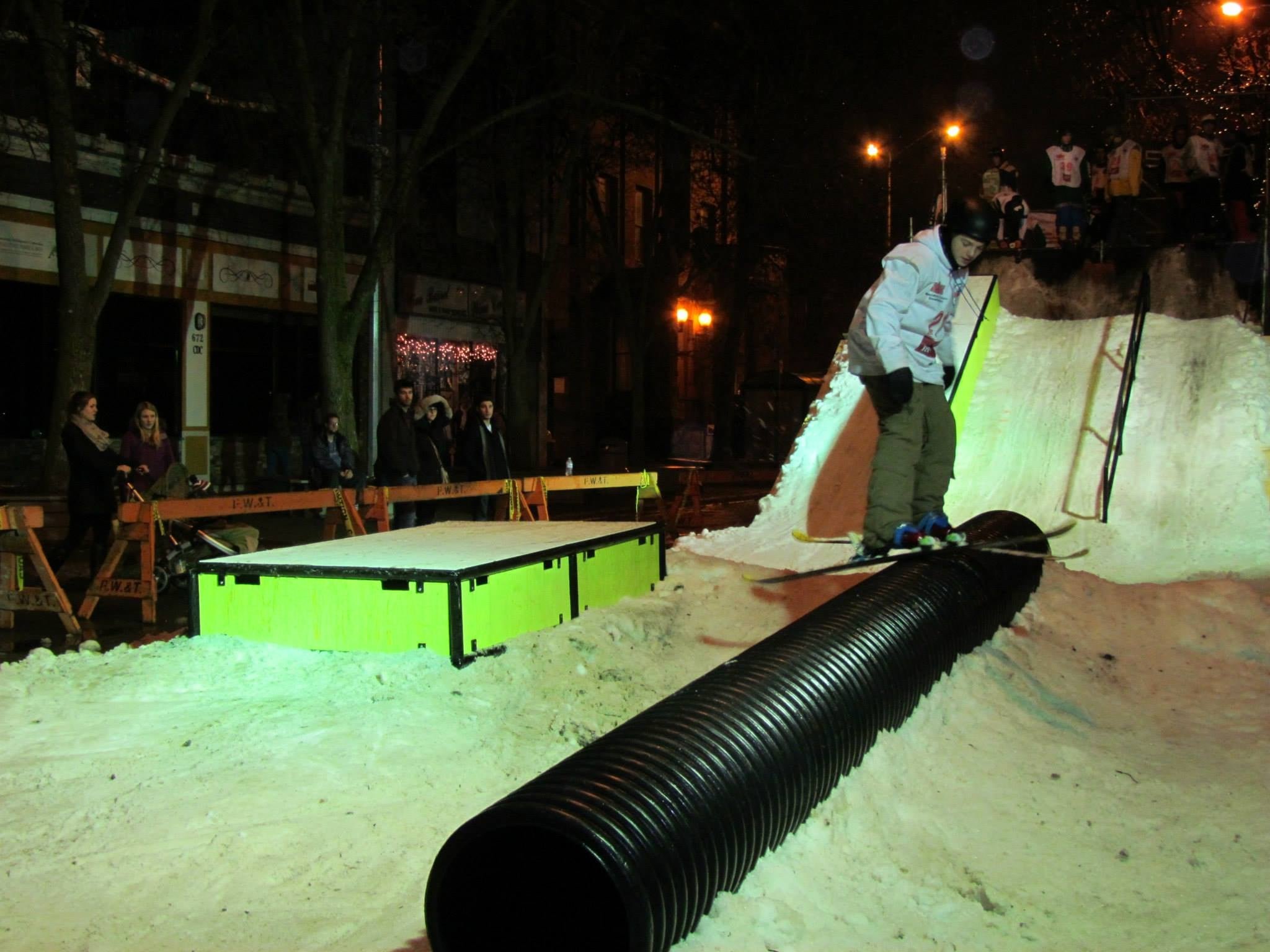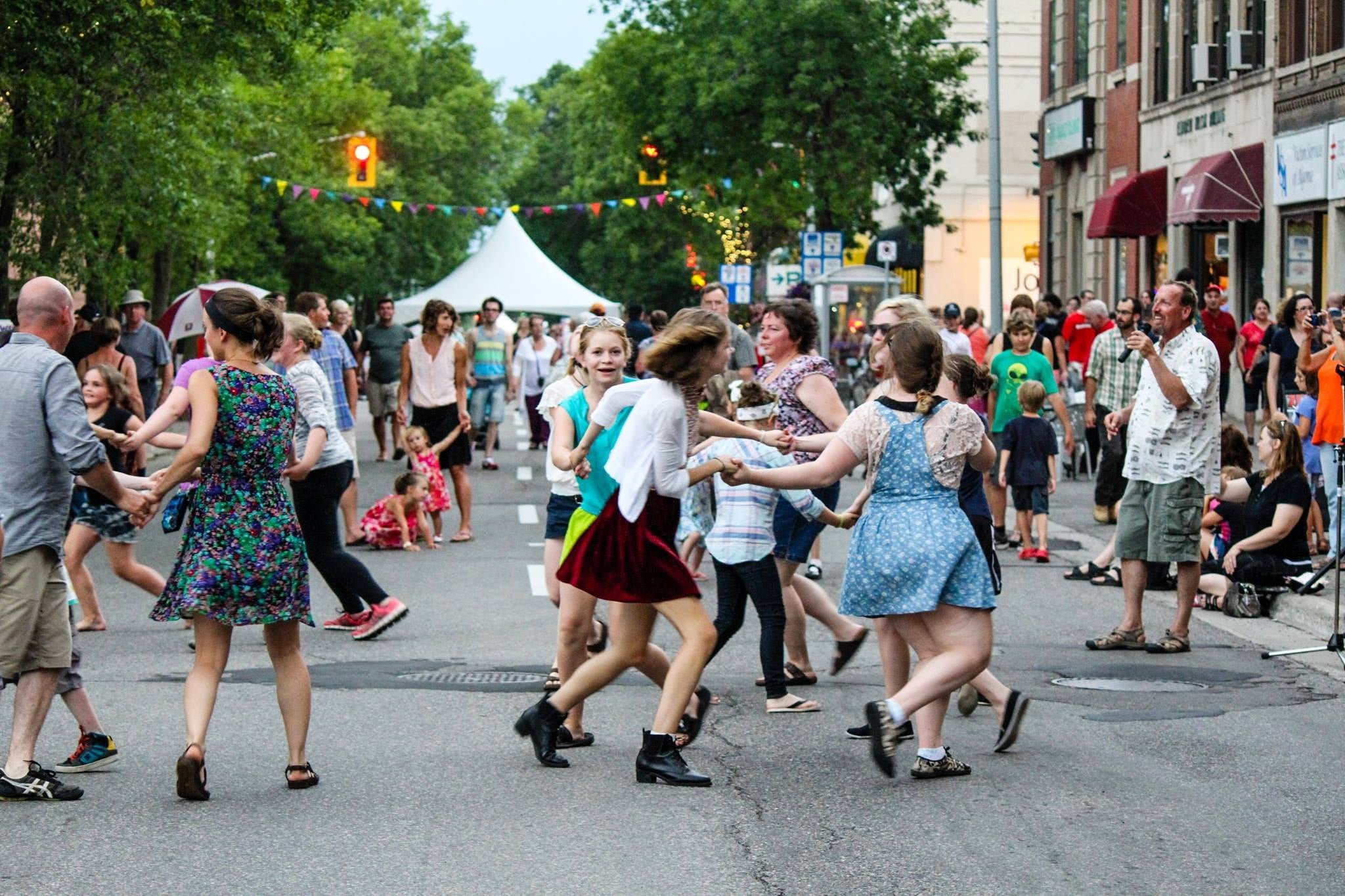About
What is the Downtown Association and what is a Business Improvement Area?
The development of Business Improvement Areas (BIA) as a mechanism for civic improvements has been enormously beneficial to the cities and towns of Ontario. The first BIA was established in Bloor West Village in Toronto in 1969. Since then, more than 310 similar organizations representing tens of thousands of businesses have been established to improve, beautify and promote business districts in Ontario municipalities.
A BIA is essentially a mechanism that encourages business people to join together in a co-operative effort to revitalize and rejuvenate their business district. But it also has the effect of improving and beautifying surrounding areas, and instilling a sense of civic pride, not only within its own boundaries, but within the entire community. The BIA is not only good for business; it is good for everyone.

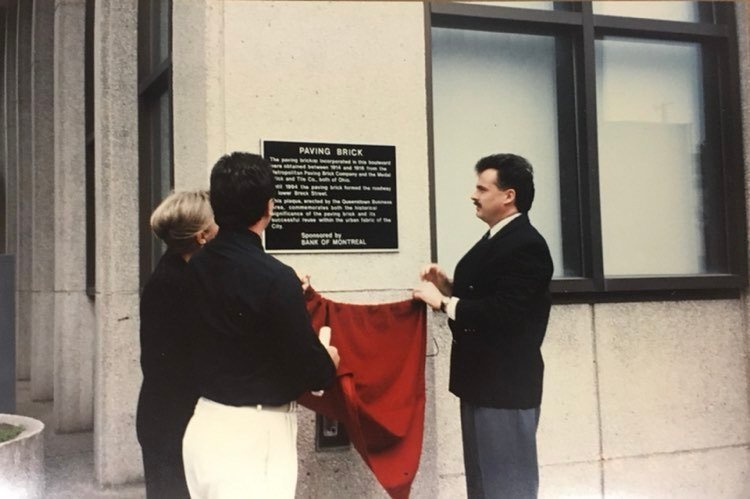

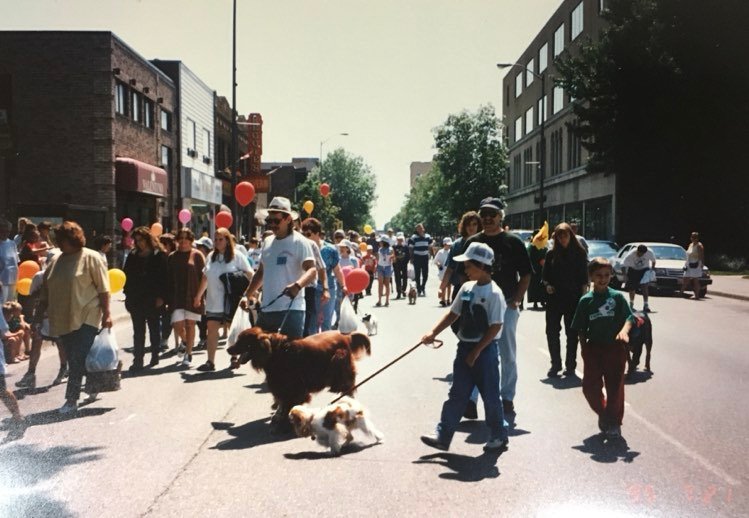
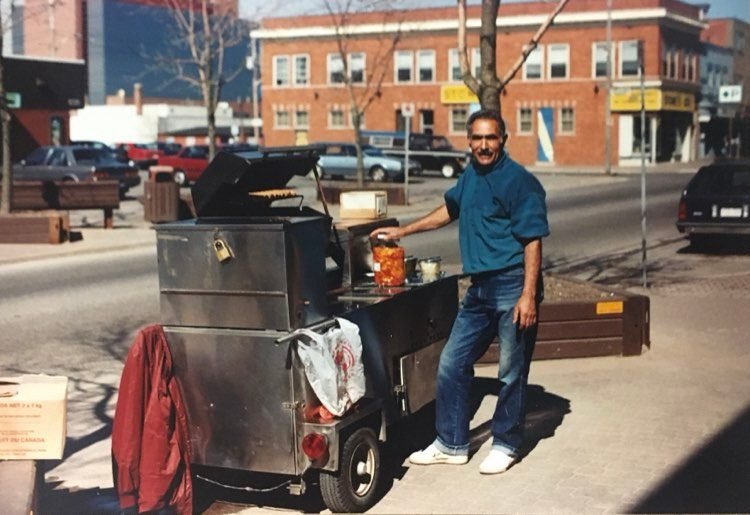


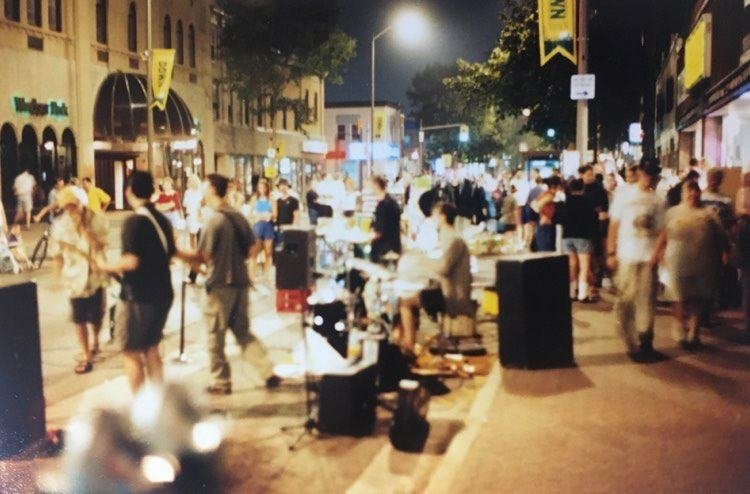


History of the Downtown Association
In the late 1960’s and early 1970’s, the Ontario government recognized the beginning of a decline in the prosperity of downtowns and neighbourhood commercial areas. As a result, legislation was enacted as part of the Municipal Act, to enable these areas to form Business Improvement Areas (BIA). A BIA was formed under the jurisdiction of local By-laws and allowed business areas to tax themselves and use the money to deliver programs for everyone in the area. Queenstown was established in 1976 (By-law No. 76-419) as a Business Improvement Area. This BIA designation serves two functions: it allows the municipality to access provincial grant monies for much needed physical and aesthetic improvements to the downtown and it established a framework for an association for the downtown. The initial By-law defined Queenstown as Queen Street and all the buildings on Queen Street from East Street to Dennis Street. In 1981, after five years of planning, negotiations and consultations, the area boasted new sewers, waterlines and other underground services as well as surface aesthetic improvements. That same year, a full-time staff member was hired and a Queenstown Association office was officially established. In 1987, Pim Street to East Street was also refurbished (Heritage Square) and it officially became part of Queenstown in January 1988.
In 1998, for “marketing purposes”, the Queenstown Association formalized the use of the name Downtown Association. This also coincided with significant provincial legislative changes where business taxes and assessments were eliminated. The responsibility for all commercial taxes shifted entirely to business “property” owners. For Queenstown, it meant that the approximately 150 commercial property owners were the members. Amendments to the Municipal Act in 2001 recognized that portions of tenant rents were applied to taxes and membership was extended from just landowners to include commercial properties.
The Downtown Association has a membership base of approximately 400 members including 150 building owners and approximately 250 tenants. The BIA formally covers an area more than one km in length. Recognizing that there are impacts and common interests with our BIA that include more than just our section of the downtown, the Downtown Association has begun to champion a concept of a larger downtown core to include the Station Mall to the South, the Gateway site to the West to and the hospital area to the East - essentially defined by “river to rail”. In a show of good faith, the larger area has been included in and will be a beneficiary of the IBI Downtown Improvement Study.
EXAMPLES OF BIA ACTIVITIES
BEAUTIFICATION — “59% of BIAs currently measure some aspect of indicators associated with the physical conditions of their BIA.” - Page 16, Return on Investment of BIAs Report. Examples of SSM DTA Beautification include: Banners and string lights, in Partnership with the City of Sault Ste. Marie the Facade Improvement Program. In 2016 management and the Board of Directors budgeted for a new part time beautification position to clean our streets, remove leaves and shovel facade frontage of DTA properties. Summers students are hired annually.
BUSINESS RECRUITMENT & EXPANSION COMMUNICATION
DATA COLLECTION AND ANALYSIS — “38% of BIAs collect information on customer experience, and 52% of BIAs believe this data is critical to the future success of a BIA.” - Page 17, Return on Investment of BIAs Report
REVITALIZATION AND MAINTENANCE MARKETING AND PROMOTION
Some examples: Collectively since 2016 the SSM DTA has purchased six billboards ranging in location from Sault Ste. Marie Ontario all the way to Traverse City, MI. These ads promote the DTA’s shopping, hospitality sector, cultural attractions and events. In 2017 and 2018 a Map was released to all cruise ships docked listing all membership.
SPECIAL EVENTS “As events are a key function of many BIAs, data on who attended, where they came from, how much they spent and their economic impact are important.” - Page 17, Return on Investment of BIAs Report.
STRATEGIC PLANNING & VISIONING
The SSM DTA membership approved the Create Empower Strategic Plan 2018-2020 in February of 2018, the first official planning refresh in a significant amount of time.
WHO MAY BENEFIT FROM A BIA?
BUSINESS OPERATORS
All businesses in the area, whether retail, professional, dining, entertainment or finance, may gain advantages from the improved local atmosphere and ambience that a successful BIA helps to create. Improvements and activities may retain more local customers and attract more visitors. Cost savings to members may result from improved integration of capital funding and promotional activities.
PROPERTY OWNERS
BIA-initiated improvements and activities may help to create and sustain a more vibrant economic environment within an area, which may lead to an increased demand for retail and office space, a decrease in commercial vacancy rates and an increase in property values.
SURROUNDING NEIGHBOURHOODS
A BIA may improve quality of life in surrounding neighbourhoods through physical improvements as well as enhanced ambience, choices in local shopping and professional services, job opportunities, cleanup and safety programs, and community get-togethers.
THE WIDER COMMUNITY
Fostering local economic development and revitalization in an area can stimulate new impetus for tourism and investment in the wider community. Increased business activity can improve both the municipal and sales tax base and support public services of benefit to all. Fostering community engagement can strengthen and build community interest, spirit, pride and networks well beyond the boundaries of a BIA.
